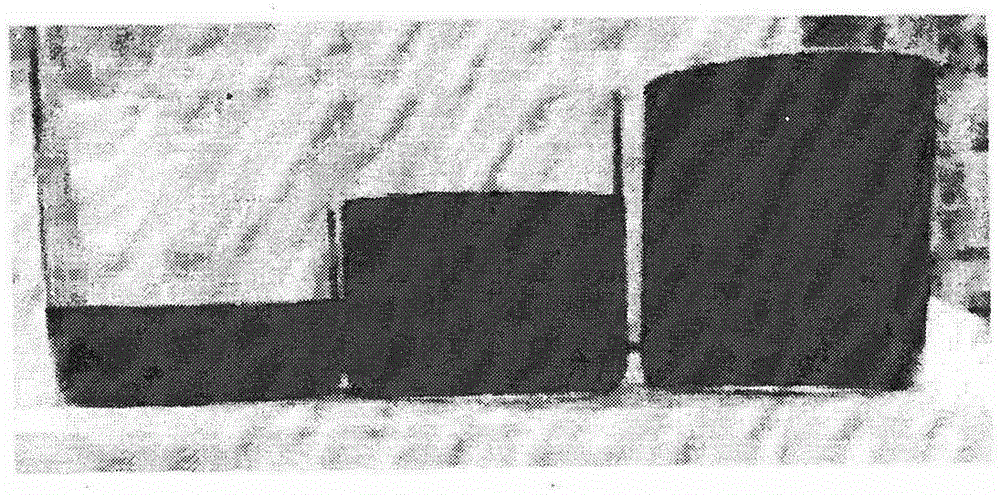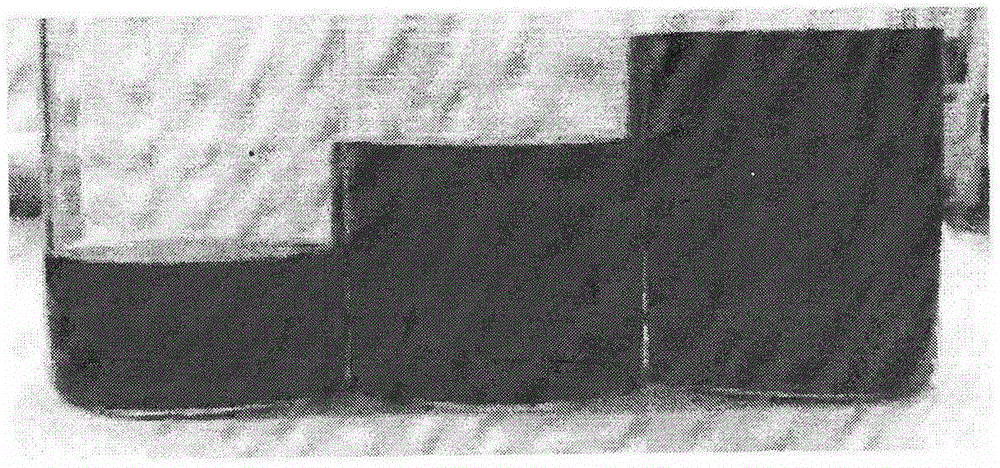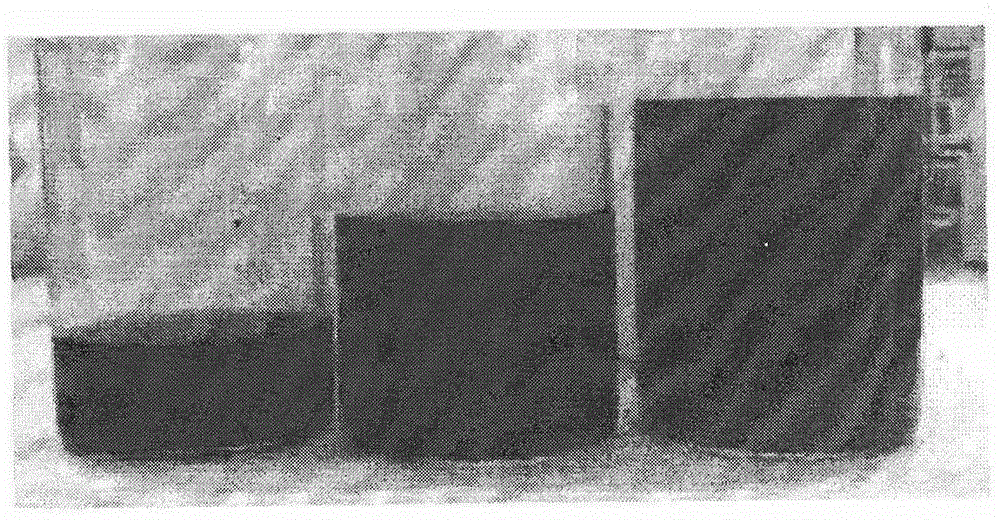Method for extracting Sargassum furiforme polysaccharides
A hijiki polysaccharide and hijiki technology, applied in the biological field, can solve the problems of low polysaccharide content and purity, high energy consumption, complicated operation, etc., and achieve the effect of stable process, simple extraction steps and high purity
- Summary
- Abstract
- Description
- Claims
- Application Information
AI Technical Summary
Problems solved by technology
Method used
Image
Examples
Embodiment 1
[0033] (1) Dry Hijiki at 50°C, pulverize into powder, and pass through a 100-mesh sieve;
[0034] (2) 15g of the hijiki algae powder obtained in step (1) is fully mixed with 95% ethanol, and the reflux degreasing temperature is 70°C, hijiki algae powder: 95% ethanol=1: 10 (m:v ), time 2h / time, repeated 5 times.
[0035] (3) Recover the algae powder after degreasing in step (2), according to algae powder: distilled water=30: 1 (m: v) solid-liquid ratio, add distilled water, after fully stirring and mixing and soaking for 12h, filter with two layers of 200-mesh silk sieves , collect the filtrate for the first time, add distilled water in the above ratio to the filter residue and continue to stir and mix thoroughly, then collect the filtrate every 2h, repeat 3 times. The combined filtrates were concentrated under reduced pressure at 50°C to 200 mL.
[0036] (4) For the concentrated solution in step (3), add 95% ethanol according to concentrated solution: 95% ethanol = 1:4 (v: v...
Embodiment 2
[0040] (1) Dry hijiki at 50°C, pulverize into powder, and pass through a 40-mesh sieve;
[0041] (2) 15g of the hijiki algae powder obtained in step (1) is fully mixed with 95% ethanol, and the reflux degreasing temperature is 70°C, hijiki algae powder: 95% ethanol=1: 10 (m:v ), time 2h / time, repeated 3 times.
[0042] (3) Recover the algae powder after degreasing in the step (2), according to distilled water: algae powder=10:1 (m:v) solid-liquid ratio, add distilled water, fully stir and mix and soak after 12h, filter with two layers of 200 mesh silk sieves , collect the filtrate for the first time, add the same proportion of distilled water to the filter residue and continue to stir and mix thoroughly, then collect the filtrate every 2h, repeat 3 times. The combined filtrates were concentrated under reduced pressure at 50°C to 200 mL.
[0043] (4) For the concentrated solution in step (3), add 95% ethanol according to concentrated solution: 95% ethanol = 1:1 (v:v), and aft...
Embodiment 3
[0047](1) Dry Hijiki at 50°C, pulverize into powder, and pass through a 200-mesh sieve;
[0048] (2) 15g of the hijiki algae powder obtained in step (1) is fully mixed with 95% ethanol, and the reflux degreasing temperature is 70°C, hijiki algae powder: 95% ethanol=1: 10 (m:v ), time 2h / time, repeat once.
[0049] (3) Recover the algae powder after degreasing in step (2), according to distilled water: algae powder=50:1 (m:v) solid-liquid ratio, add distilled water, after fully stirring and mixing and soaking for 12h, filter with two layers of 200-mesh silk sieves , collect the filtrate for the first time, add the same proportion of distilled water to the filter residue and continue to mix thoroughly with the mixer, then collect the filtrate every 2h, repeat 1 time. The combined filtrates were concentrated under reduced pressure at 50°C to 200 mL.
[0050] (4) For the concentrated solution in step (3), add 95% ethanol according to concentrated solution: 95% ethanol = 1:3 (v: ...
PUM
 Login to View More
Login to View More Abstract
Description
Claims
Application Information
 Login to View More
Login to View More - R&D
- Intellectual Property
- Life Sciences
- Materials
- Tech Scout
- Unparalleled Data Quality
- Higher Quality Content
- 60% Fewer Hallucinations
Browse by: Latest US Patents, China's latest patents, Technical Efficacy Thesaurus, Application Domain, Technology Topic, Popular Technical Reports.
© 2025 PatSnap. All rights reserved.Legal|Privacy policy|Modern Slavery Act Transparency Statement|Sitemap|About US| Contact US: help@patsnap.com



